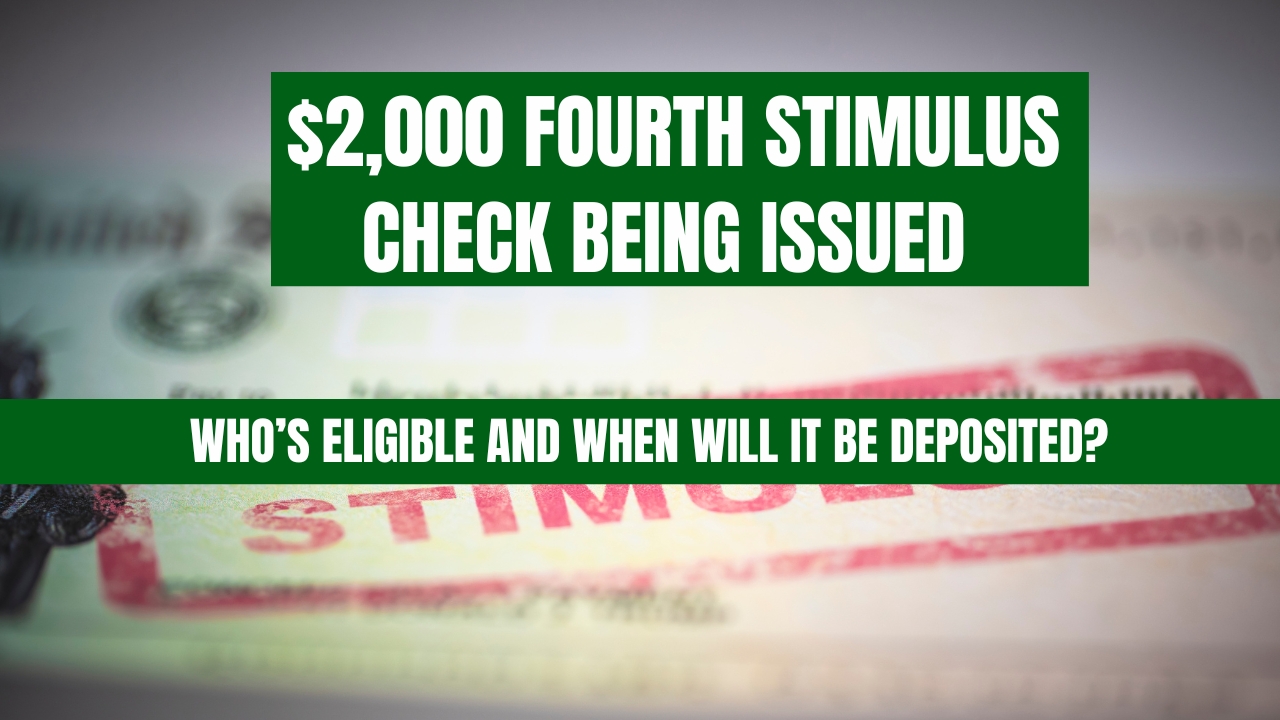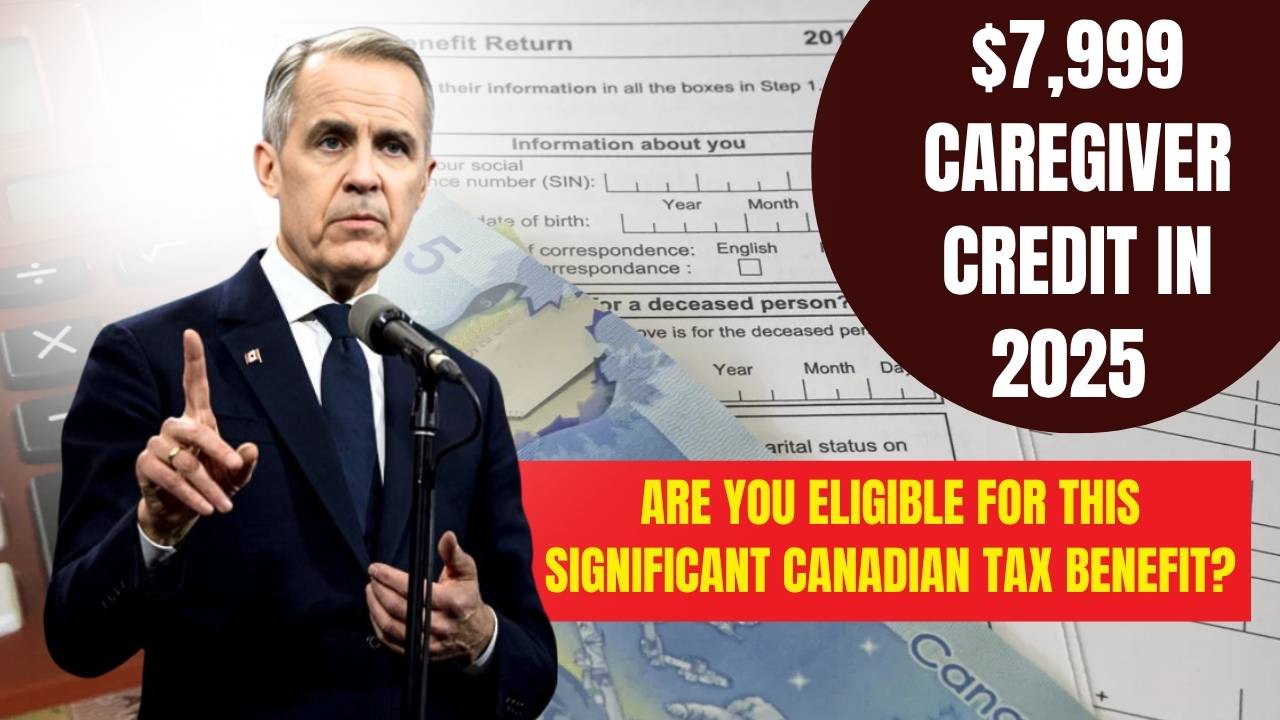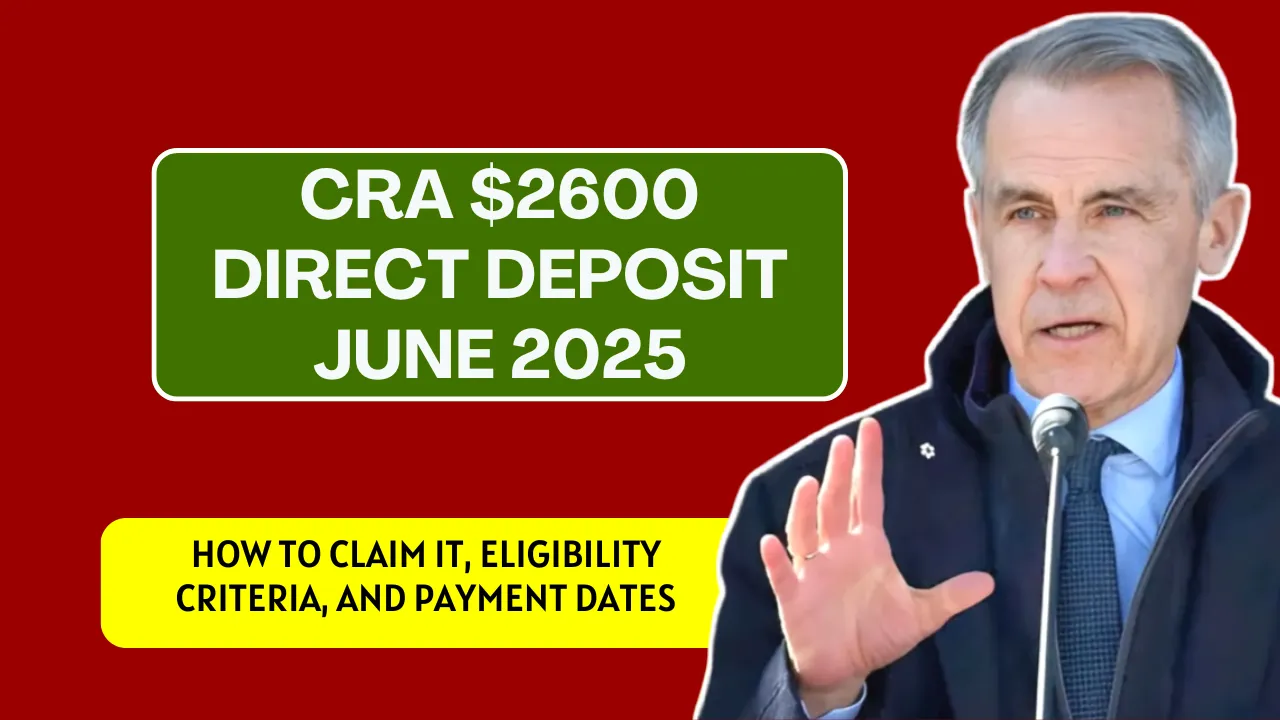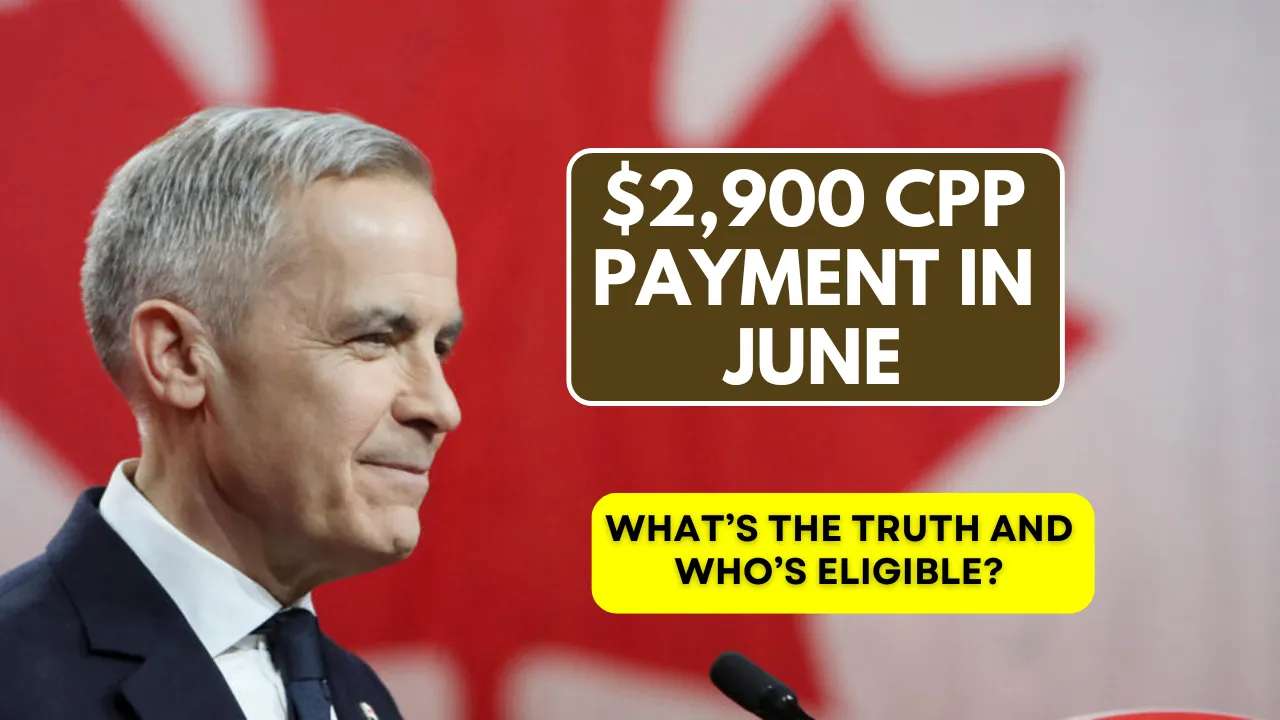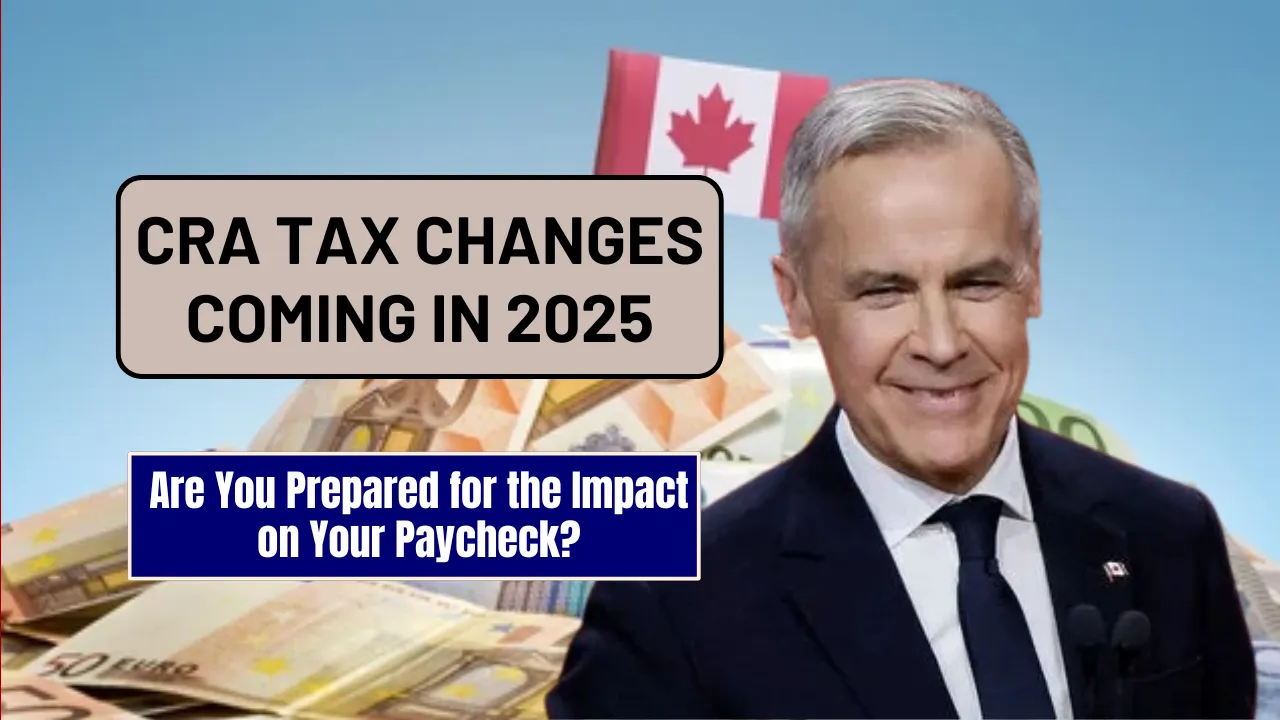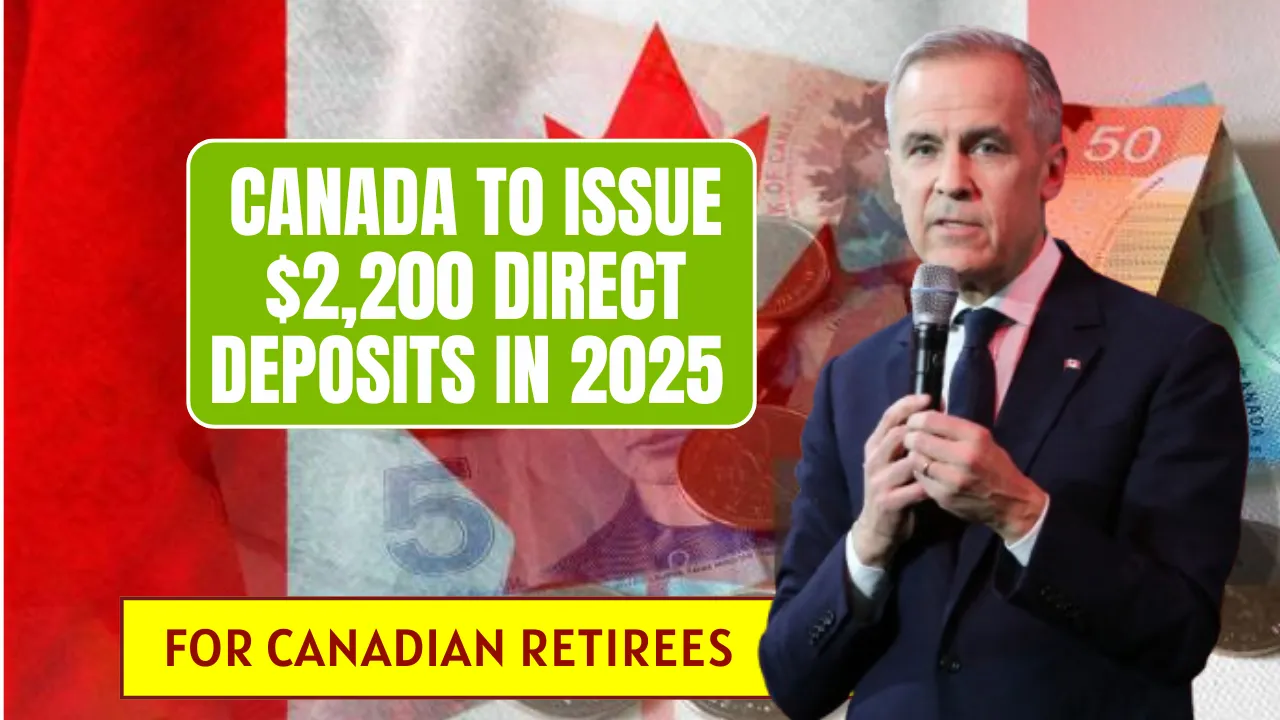As of June 2025, the idea of a $2,000 fourth stimulus check has returned to the spotlight. Rising inflation, slowing consumer spending, and continued economic strain have renewed discussions in Washington about sending direct payments to Americans. Although nothing is finalized yet, the conversation has gained serious momentum, signaling the possibility of new relief in the near future.
In this article, we’ll explain everything you need to know about the potential $2,000 fourth stimulus check, including who may qualify, when payments could arrive, and what steps to take if it’s approved. We’ll also explore why the proposal is back on the table, how past stimulus payments worked, and alternatives if direct payments don’t happen.
$2,000 fourth stimulus check
While the $2,000 fourth stimulus check has not yet been officially approved, it remains a strong possibility. Lawmakers are actively reviewing proposals to provide direct financial relief. If passed, the payment would follow a similar format to past stimulus checks and aim to support Americans hit hardest by inflation and rising living costs. Eligibility would likely be based on income, household status, and existing benefits like SSI or Social Security.
Overview Table: Potential Fourth Stimulus Check Details
| Category | Information |
| Payment Amount | $2,000 per eligible person (proposed) |
| Approval Status (June 2025) | Not approved yet; under discussion |
| Likely Eligibility | Low to middle-income individuals, families |
| Expected Recipients | Tax filers, SSI/SSDI, Social Security recipients |
| Income Threshold (Likely) | $75,000 for individuals, $150,000 for couples |
| Payment Date (Estimate) | Late 2025 or early 2026 (if passed) |
| Administered By | IRS |
Who Could Qualify for a Fourth Stimulus Check?
If Congress approves the next round of stimulus, the eligibility rules will likely mirror past payment criteria. This means:
- Individuals earning less than $75,000 annually would qualify.
- Married couples earning under $150,000 would also be eligible.
- Families with dependents could receive additional amounts.
- Social Security, SSI, and SSDI beneficiaries are expected to be included.
- Low-income and non-filing individuals may still qualify using IRS or SSA records.
The IRS would once again handle distribution using the most recent income and benefit information on file.
Will There Be a Stimulus Check in 2025?
As of June 2025, there is no official confirmation or signed bill. However, the matter is actively being debated in both the House and Senate. Lawmakers have acknowledged the continued financial pressure on American households and are exploring relief options.
Key updates:
- No stimulus bill has become law yet.
- Proposals are under review in congressional committees.
- The IRS has not provided instructions or official rollout timelines.
Why a Fourth Stimulus Is Back on the Table
There are three key reasons a $2,000 fourth stimulus check is being considered:
- Inflation Remains High
Essentials like groceries, rent, and transportation continue to increase in cost. Many Americans are struggling to afford basic needs despite working full time or receiving benefits. - Fixed-Income Citizens Are Falling Behind
Seniors, people with disabilities, and those on SSI or SSDI are finding it harder to manage daily expenses. Cost-of-living adjustments haven’t kept up with actual inflation. - Consumer Spending Is Declining
A drop in retail activity and local business earnings is prompting economic concern. A direct payment could boost spending and support the broader economy
How Past Stimulus Checks Worked
To understand what the fourth payment might look like, here’s a look back:
| Round | Amount | Eligibility Based On |
| First | $1,200 + $500 per child | 2019/2020 income |
| Second | $600 + $600 per child | 2019/2020 income |
| Third | $1,400 + $1,400 per dependent | 2019/2020 income |
If the fourth check is passed, it is expected to be $2,000 per person, with likely additional amounts for dependents and children.
Alternatives to a Stimulus Check
Even if direct payments are not approved, the federal government may expand or strengthen other aid programs, such as:
- Increasing Social Security COLA
- Boosting SNAP (food stamp) benefits
- Enhancing the Child Tax Credit
- Offering housing and rental assistance
- Providing emergency utility grants
These targeted supports aim to assist the most vulnerable, though they may not have the immediate impact of a stimulus check.
How to Prepare in Case a Check Is Announced
To be ready if the $2,000 fourth stimulus check is approved:
- File Your Taxes
Make sure your most recent return is filed so the IRS has up-to-date income info. - Update Direct Deposit Info
Ensure your bank account details are current with the IRS or SSA. - Monitor IRS.gov and SSA.gov
Only trust updates from official sources. - Beware of Scams
Avoid emails or texts asking for personal info. The IRS will never contact you in that way.
Being prepared ensures you won’t miss out if the payment is approved quickly.
FAQs
Is the $2,000 fourth stimulus check approved?
No, not yet. Discussions are active but no bill has been signed into law.
Will I qualify if I receive SSI, SSDI, or Social Security?
Most likely. These groups were included in past payments and are expected to be eligible again if approved.
When could the payment arrive?
If passed in the coming months, payments may begin in late 2025 or early 2026.
Do I need to file taxes?
Filing is strongly encouraged to make sure you’re in the IRS system, though benefit recipients may be automatically included.
Are there current support options available?
Yes. Look into SNAP, housing grants, and energy assistance programs available in your area.
Final Thought
While a $2,000 fourth stimulus check hasn’t been finalized yet, discussions are in full swing. Lawmakers are weighing the need for relief as inflation remains high and many Americans continue to face financial struggles. Whether it’s a new check or expanded programs, support is being considered. Stay informed, stay prepared, and make sure you’re ready if and when help arrives.
